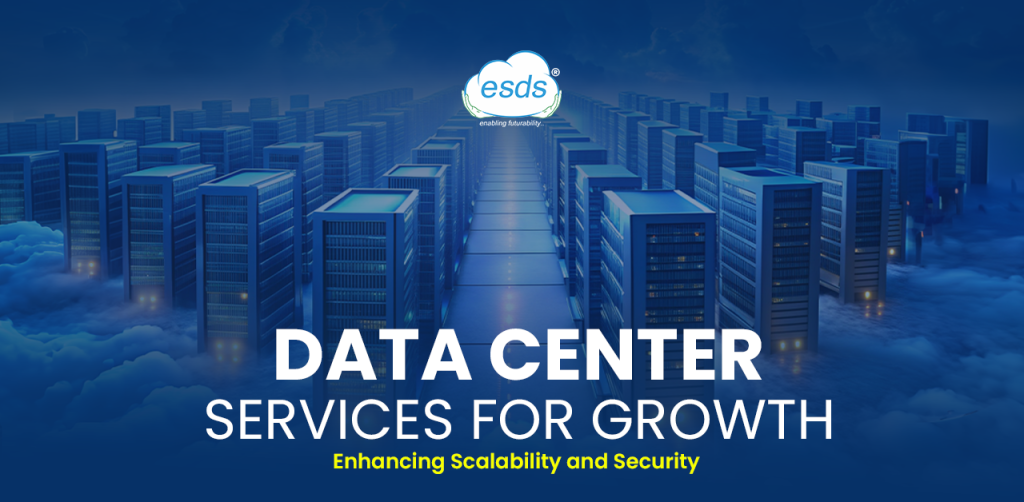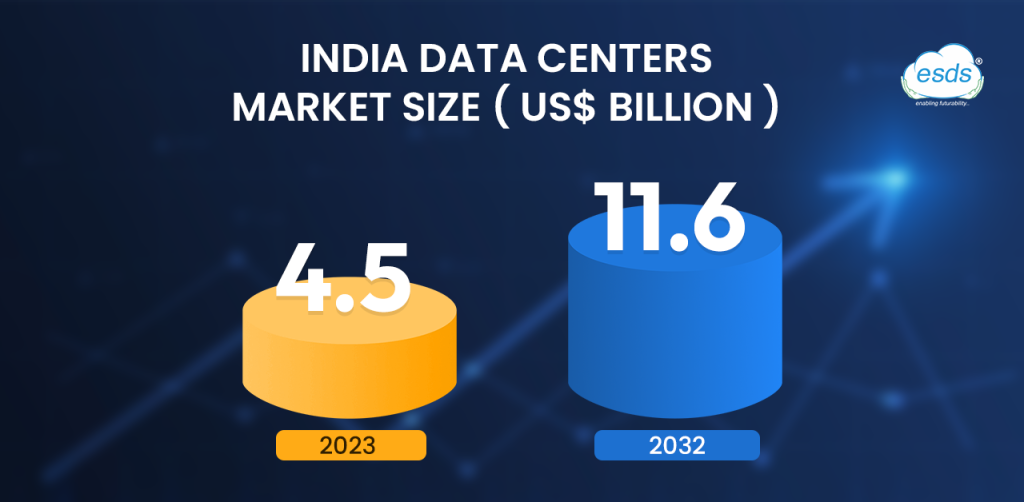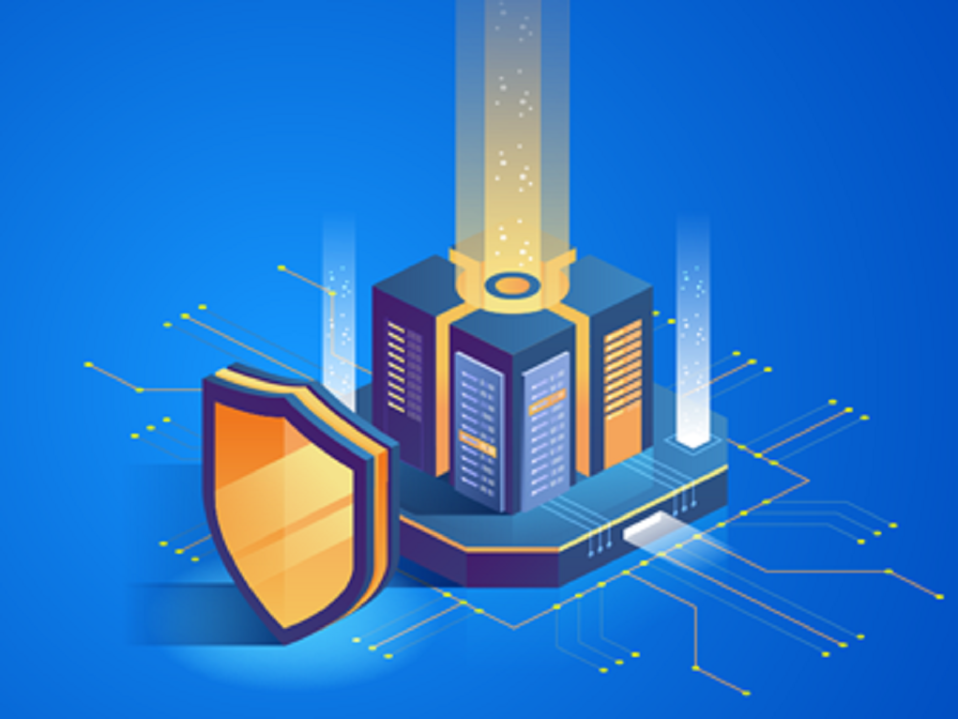
Data consumption has significantly increased due to the large increase in digital adoption across industries, which has strengthened India’s economic growth. The current economic boom shows how businesses are becoming more and more reliant on virtual solutions, which makes robust data centers necessary. Future growth in this need for data will drive advancements in the existing state of data infrastructure, which must address security, scalability, and performance issues brought on by today’s new workloads.
Data Center Market Growth Revenue in 2024
According to Statista, the data center business is predicted to earn $8.65 billion in sales by 2024.
The market is led by network infrastructure, which is estimated to reach $5.93 billion by 2024. Revenue is expected to rise at a compound annual growth rate (CAGR) of 6.50% by 2029, with a market volume of $11.85 billion. Globally, the United States will generate the majority of revenue (US$123.20 billion by 2024).
Overview of Data Center in India
In both developed and emerging nations, the data center sector has grown significantly. This is because businesses are becoming more ready to spend money on new infrastructure for data deployment and storage. In the age of digitalization, the data center industry in India is expanding rapidly. The country is well-positioned to become a global hub for data centers, especially those focused on cloud computing, and has a bright future ahead.
The top seven cities in India now have data centers with a combined capacity of 977 MW, according to a survey by Cushman & Wakefield. It is anticipated that India’s data center capacity will increase significantly in the future. By 2028, the capacity expansions now under development are predicted to reach 1.03 GW.

ESDS Major Player in the Indian Data Center Market
ESDS Colocation Services provides enterprises with cutting-edge data center capabilities, ensuring 99.995% uptime with 2N+1 redundant UPS systems and controlled diesel generators. Clients benefit from two Power Distribution Units for accurate monitoring and remote management via KVM-IP, as well as scalable power solutions ranging from 4KW to 40KW rack. Advanced safety features include precise air conditioning, VESDA smoke detection, and fire suppression. Additional advantages include no-cost installations, proactive monitoring, and performance assessments, which ensure ongoing peak performance and business continuity.
Cloud Integration: Enhancing Flexibility and Scalability
Cloud computing is revolutionizing the IT infrastructure of most businesses. It brings high-quality integration services to the data centers, allowing all organizations to connect their in-house systems with cloud environments simply. Integration services offered by these enable companies to be flexible in how they handle workloads and scale resources on demand without heavily investing in physical data center servers.
Hybrid clouds are currently becoming more prominent in the enterprise world simply because they offer the best of both worlds – namely, private and public clouds. This model provides an opportunity for enterprises to handle sensitive workloads on the private clouds while enjoying the economies and scalability benefits of public cloud resources. This integrated environment helps IT professionals reallocate workloads dynamically, optimize resource utilization, and, hence, enhance overall efficiency.
Data Center Security: Ensuring Protection and Compliance
As corporations increasingly store sensitive data, data center security is taking a huge chunk of focus. Data breaches, cyberattacks, and regulatory compliance are cited by C-level executives as the most significant reasons why data security remains pivotal in the management of a data center.
A better data center provider has a strict type of physical and digital security implementation to protect data and IT infrastructure. Physical would include general surveillance 24/7, biometric access controls, and also redundancy in power and cooling systems to ensure no downtime. The digital involves advanced firewall systems, intrusion detection, encryption, and continuous monitoring. Only these will quickly identify threats so that there is faster neutralization.
Any reliable data center provider must adhere to industry standards like ISO 27001, SOC 2, or GDPR. These requirements ensure that the operations of a data center are stringent regarding security and that their customer’s data is delivered with the utmost care. Besides, secured data transmission over the Internet and proper policies of network security always help to reduce the risks associated with cyberattacks or data breaches.
Colocation Services: Optimizing IT Infrastructure
One of the best solutions for organizations that want to reduce their capital expenditures without controlling their IT infrastructure is colocation services. Colocation allows companies to maintain their servers and all their associated hardware within a third-party data center, thereby enabling them to access world-class facilities devoid of the sunk costs or maintenance costs of a company’s data centers.
Colocation allows an organization to use the infrastructure of the data center, be it in the form of robust power supplies or cooling systems and high-speed network connections, while retaining ownership of its hardware. This approach also allows for the flexibility of growing up in response to changes within the needs of the business without requiring any other investment in physical space or resources.
Disaster Recovery Solutions: Safeguarding Business Continuity
Business continuity is aimed at recovery from unexpected disruptions, and disaster recovery services from data centers help protect organizations against data loss to help the business regain normalcy after a disaster.
Disaster recovery as a service encompasses strong solutions like automated backup, real-time replication, and geographic redundancy. Data centers adopt both recovery point objectives—which measure how much data could be lost if the failure happens—and recovery time objectives—which outline how quickly systems should recover to their operational power. These metrics determine that businesses will operate with minimum downtime, so the disasters will have little revenue impact and customer satisfaction.
Conclusion
Today, no business can afford to overlook robust data center services, be it cloud integration, data center security, colocation, or disaster recovery. It is thus advisable that businesses select a reliable data center provider and maintain agility, security, and resilience. A scalable, secure, and efficient IT infrastructure will be pivotal to growth in the not-too-distant future.
Find out how ESDS data centers in India are changing the game for business resilience and scalability with cloud integration, security, colocation, and disaster recovery solutions. India Ka Apna Cloud-powering, the cutting-edge technology offered by ESDS, gets to the very specific needs of Indian businesses: this uniquely catered requirement ensures compliance, data sovereignty, and higher security.








Recent Comments